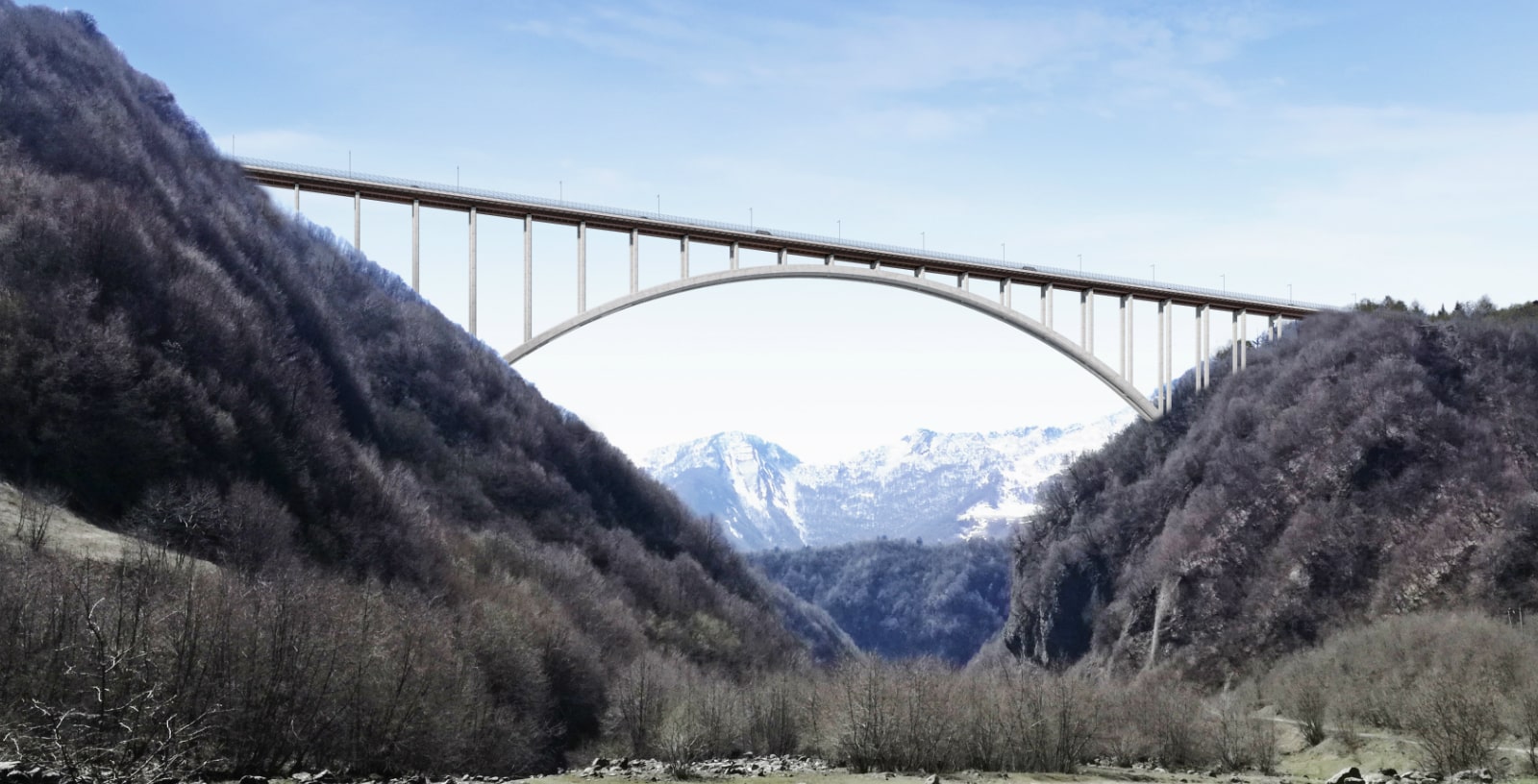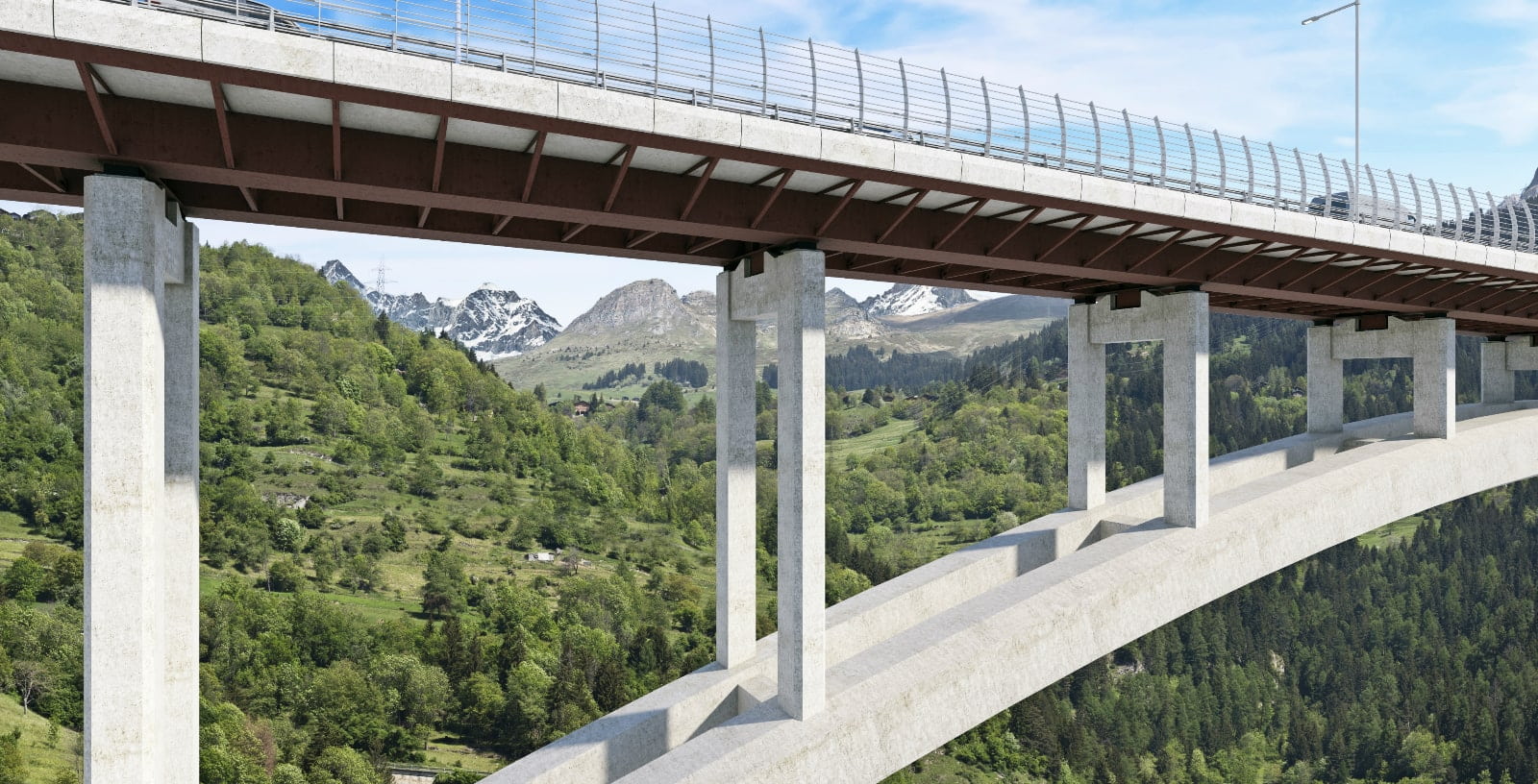Jinvali-Larsi Road
Georgia
Located along a transit corridor connecting Europe and Asia, Georgia has the potential to link a number of countries in the region to the Global Economy. Roads from the break of bulk points on the Black Sea ports such as Poti, Sokhumi and Batumi… Aware of these circumstances, a number of infrastructure projects have been initiated by the Georgian Government to improve the physical as well as the operating climate of the land transport, with the support of international development partners.
Improving the road network in the Caucasus
The North-South Corridor Project is a key part of Georgia’s strategy to become a transport and logistics hub. It aims to connect Central Asia and the Far East with Turkey and Europe. Linking the main border crossings is essential to strengthen Georgia’s role along the Silk Road.
The former Georgian Military Highway is now a major traffic route in the Caucasus. However, traffic interruptions are a serious problem. They limit the corridor’s ability to meet growing transport demand and reduce its tourism potential. Key destinations like the Gudauri ski resort and Kazbegi National Park are affected.
This corridor is vital for both Georgian and Armenian economies. Once upgraded, it will also serve as an alternative route for regional traffic between several countries.
The road between Jinvali and Larsi, over 110 km long, crosses high mountain terrain. Its current condition raised concerns about the project’s technical feasibility. The goal is ambitious: to upgrade the road so it stays open year-round. This means protecting it from landslides and extreme weather.
Today, heavy snowfall often forces the road to close for many days in winter. Improving the infrastructure will ensure safer, more reliable travel through this critical corridor.
The pre-feasibility and feasibility studies developed by IDOM have demonstrated the viability of the investment, as well as defining the general lines of action, all in accordance with the technical professionals of the Roads Department of Georgia, and the involved international financial institutions (World Bank, Asian Development Bank and European Bank for Reconstruction and Development.
The solution designed in the Detailed Engineering phase, for the central section, Kvesheti-Kobi, reduces the length of the route from 35 km to 22 km, and the travel time from one hour to approximately 20 minutes, improving road safety conditions during operation. To achieve this, the future road will include several viaducts and tunnels, including an arch bridge, 432 m in length and with a span of 285 m over Khada valley.
At the highest point of the route (3,300 m), under Mount Sadzele, a 9-km tunnel will be built using a 15 m in diameter tunnel boring machine (TBM). The design of this long tunnel includes both the civil works and security installations according to European Standards.
Bridges, Tunnels & Roads (BTR)
Improving the road network in the CaucasusCLIENT:
Ministry of Regional Development and Infrastructure of Georgia
SCOPE:
Feasibility Study and Detailed Engineering








